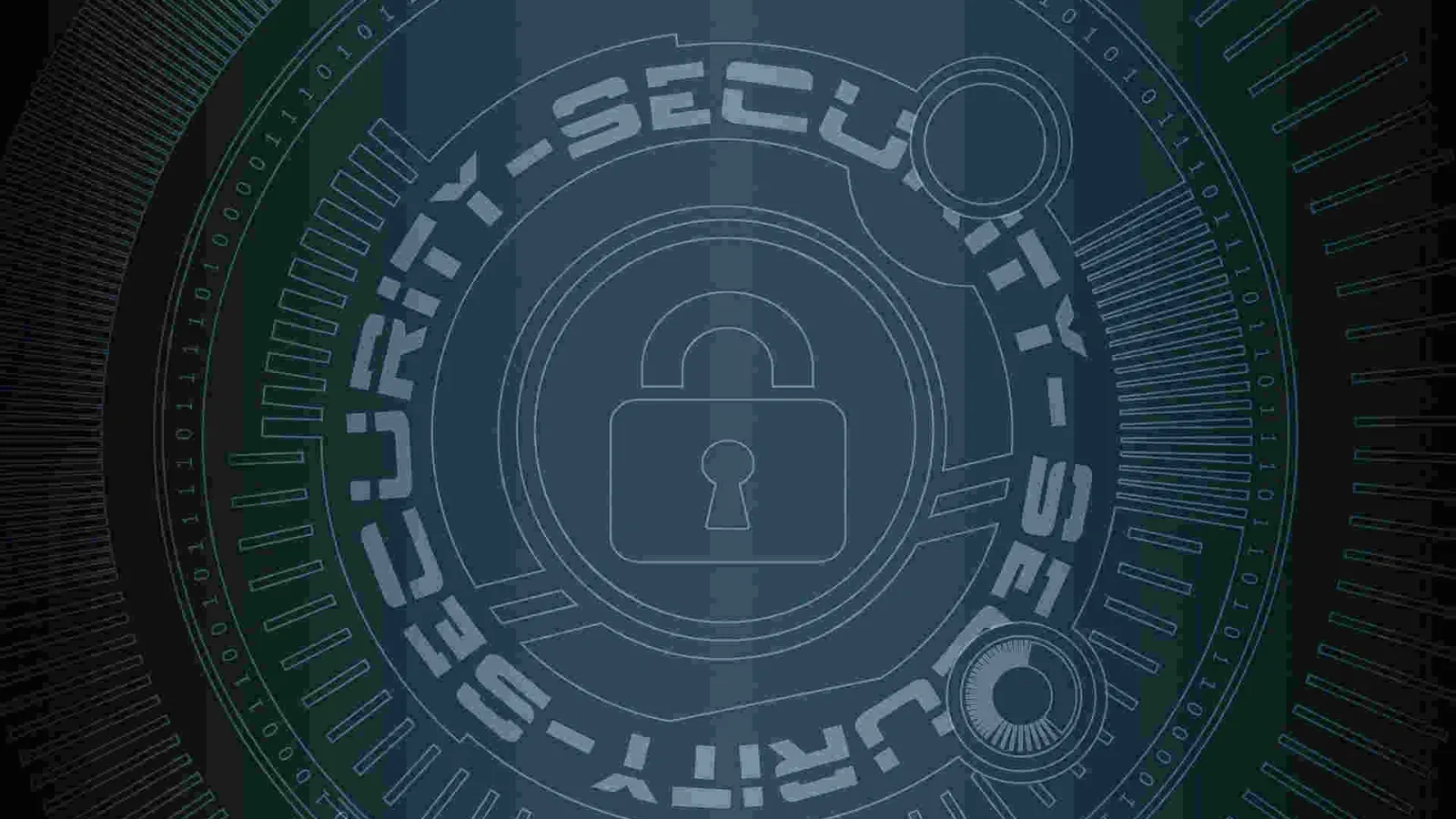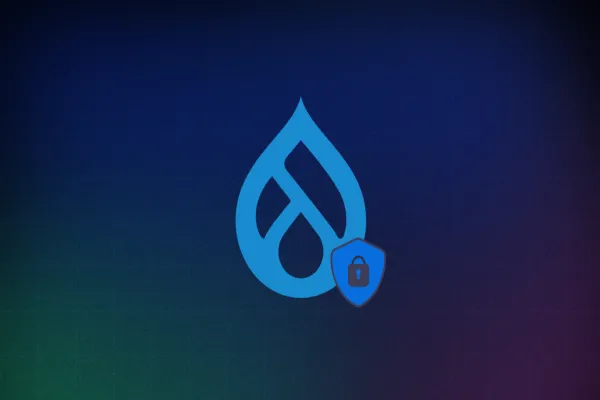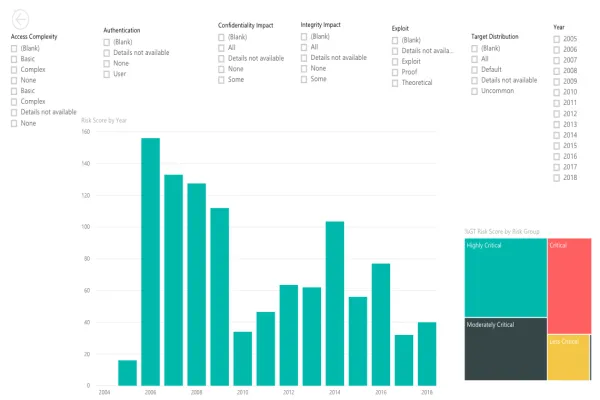A website with a security hole could be a nightmare for your business, leaving regular users untrusted. The security breach is not just about the website resources, but it could be putting up the website reputation at stake and injecting harmful data in the server & executing them. There could be many ways to do that. One of them is an automated script, which scans your website and looks up for the sensitive part and tries to bypass the web security with injected code.
I believe you might be thinking of your website now.
- Whether your website is fully secured or not?
- How to make sure everything ships on our website is generic? And how to protect them?
As a Drupal Developer, I’ve come across some of the contributed modules available on Drupal.org that can help your site in dealing with security issues. Still, I can’t assure, by applying those modules, you can safeguard your website. But it’s always recommended to follow the set guideline & utilize the modules to minimize the drupal security breaches.
Let’s take a look at those top and best Drupal modules:
Secure Pages
We all know that moving an application from HTTP to HTTPS gives an additional layer of security, which can be trusted by the end users. Unlike regular modules, you just don’t need to follow regular module installations instead your server should be SSL enabled.
Currently, it is available for Drupal 7 only.
Ref URL: https://www.Drupal.org/project/securepages
Security Kit
The Kit itself is a collection of multiple vulnerabilities such as Cross-site scripting, Cross-site Request Forgery, Clickjacking, SSL/TLS. With the help of security kit module, we can mitigate the common risk of vulnerabilities. Some of the vulnerabilities have already been taken care by Drupal core like clickjacking introduced in 7.50 version.
Currently, it’s available for both Drupal 7 and Drupal 8.
Ref URL: https://www.Drupal.org/project/seckit
Password Policy
This module is used to enforce users to follow certain rules while setting up the password. A web application with weaker security implementation, allow hackers to guess password easily. That’s the reason you get password policy instruction while setting up the password. It’s not just a fancy password, but secure & difficult to guess.
# Password should include 1 Capital letter
# Password should include 1 Numeric
# Password should include 1 Special Character
# Password should MIn & Max Character
This module is currently available for both Drupal 7 and Drupal 8.
Ref URL: https://www.Drupal.org/project/password_policy
Paranoia
This module looks for places in the user interface, where an end user can misuse the input area and block them. Few features that need to showcase here are:
# Disable permission "use PHP for block visibility".
# Disable creating “use the PHP” filter.
# Disable user #1 editing.
# Prevent risky permissions.
# Disable disabling this module.
Currently, it’s available for Drupal 7 and Drupal 8.
Ref URL: https://www.Drupal.org/project/paranoia
Flood Control
This module provides an Administrative UI to manage user based on UID & User-IP. There is configuration available to manage user restriction based on the nth number of the wrong hit by user ID/IP. We already know that Drupal core has a shield mechanism to protect their user with five unsuccessful logins hit, users get blocked for an hour/minute. With the help of the contributed module, we can dig it a bit.
Currently, it’s available for Drupal 7.
Ref URL: https://www.Drupal.org/project/flood_control
Automated logout
In terms of user safety, the site administrator can force log out users, if there is no activity from the user end. On top of that, it provides various other configurations like:
# Set timeout based on roles.
# Allow users to log in for a longer period of time.
# User has the ability to set their own time.
Currently, it’s available for Drupal 7 and Drupal 8.
Ref URL: https://www.Drupal.org/project/autologout
Security Review
This module checks for basic mistakes that we do while setting up a Drupal website. Just untar the module & enable it. This will run an automated security check and produce a result. Remember this won’t fix the errors. You need to manually fix them. Let's take a look at some of the security features that need to be tested by the module:
# PHP or Javascript in content
# Avoid information disclosure
# File system permissions/Secure private files/Only safe upload extensions
# Database errors
# Brute-force attack/protecting against XSS
# Protecting against access misconfiguration/phishing attempts.
Currently, it’s available for Drupal 7.
Ref URL: https://www.Drupal.org/project/security_review
Hacked
This tool helps developer avoid adding messy code directly to their contributed module, instead of applying patches or new release update. It works on a very simple logic. It scans all the modules & themes available on your site. Download them and compare it with an existing module to make sure modules/themes are on correct shape. The result will give you information on changed module/theme and the rest of the thing you are well aware of - what needs to be done?
Currently, it’s available for Drupal 7 and Drupal 8.
Ref URL: https://www.Drupal.org/project/hacked
All of the above modules are my recommendation that a Drupal website should have. Some contributed module will resolve your security issues by providing correct configuration and some of them are just an informer. They will let you know the issue. But you need to manually fix those issue.
Further, these contributed modules provide the atomic security based on the complexity of your site and types of user available. You can look up for the security module and protect your site against anonymous.
We, at Valuebound - a Drupal CMS development company, help enterprises with Drupal migration, Drupal support, third-party integration, performance tuning, managed services, and others. Get in touch with our Drupal experts to find out how you can enhance user experience and increase engagement on your site.





